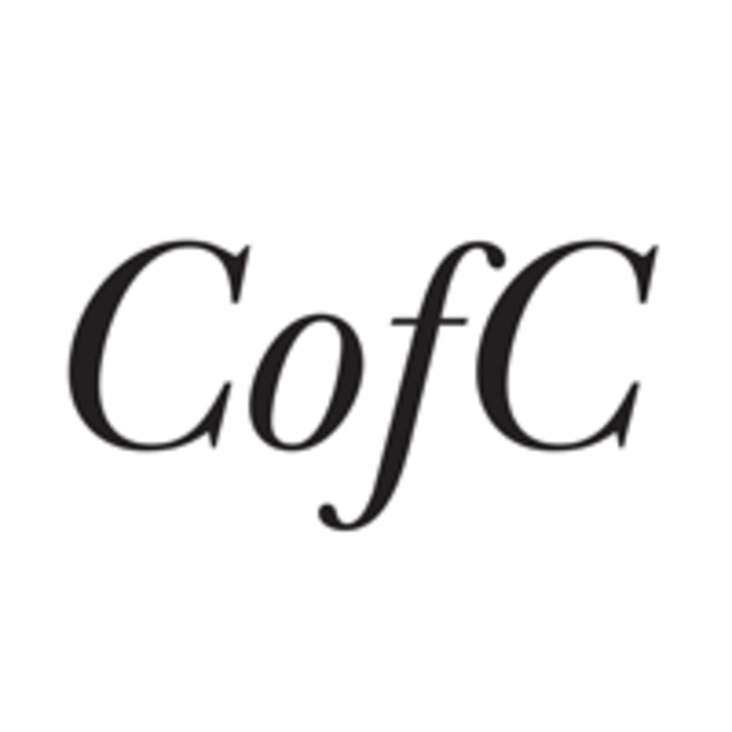This lecture was originally delivered on Tuesday, March 15, 2015 as part of the Seminar Series, Conservation Conversations.
- 0:10—Opening Remarks with Dean Peter N. Miller
- 3:30—Lecture with Gabrielle Berlinger
- 40:54—Lecture with David Favaloro
- 56:08—Panel Discussion with Audience Q&A
Gabrielle A. Berlinger is Assistant Professor of American
Studies and Folklore and Tanenbaum Fellow of American Jewish Studies at the
University of North Carolina at Chapel Hill. She was the Andrew W. Mellon
Postdoctoral Fellow in Cultures of Conservation at Bard Graduate Center from
2013–2015. Trained as a folklorist, she studies the aesthetic expression of
culture in everyday life with particular focus on vernacular architecture and
ritual practice. She received her MA and PhD from Indiana University,
Bloomington, in the Department of Folklore and Ethnomusicology.
David Favaloro is Director of Curatorial Affairs at the
Lower East Side Tenement Museum. He is primarily responsible for interpreting
the history of the tenements at 97 and 103 Orchard Street, with an emphasis on
research and exhibit development. He also oversees the museum’s preservation,
conservation, and collections management programs. He received his MA in Public
History from the University of Massachusetts, Amherst.
How do we measure the success of an historic house museum?
By the degree to which the historic structure is physically preserved? By the
number of people who visit each year? By the sense of “authenticity” that the
visitor experiences? By the breadth of information imparted by the building’s
history? All of these factors—conservation achievements, public attendance,
affective impact, and educational value—are implicated in the quest to
understand an historic house museum’s success, which begs the question, “What
is the purpose of this historic house museum?” This presentation explores the
relationship between the historic preservation of a 150-year-old tenement
building-turned-museum, and the goals of the curators, conservators, historic
preservation architects, and educators who have created and continue to
re-create the museum experience within.



















